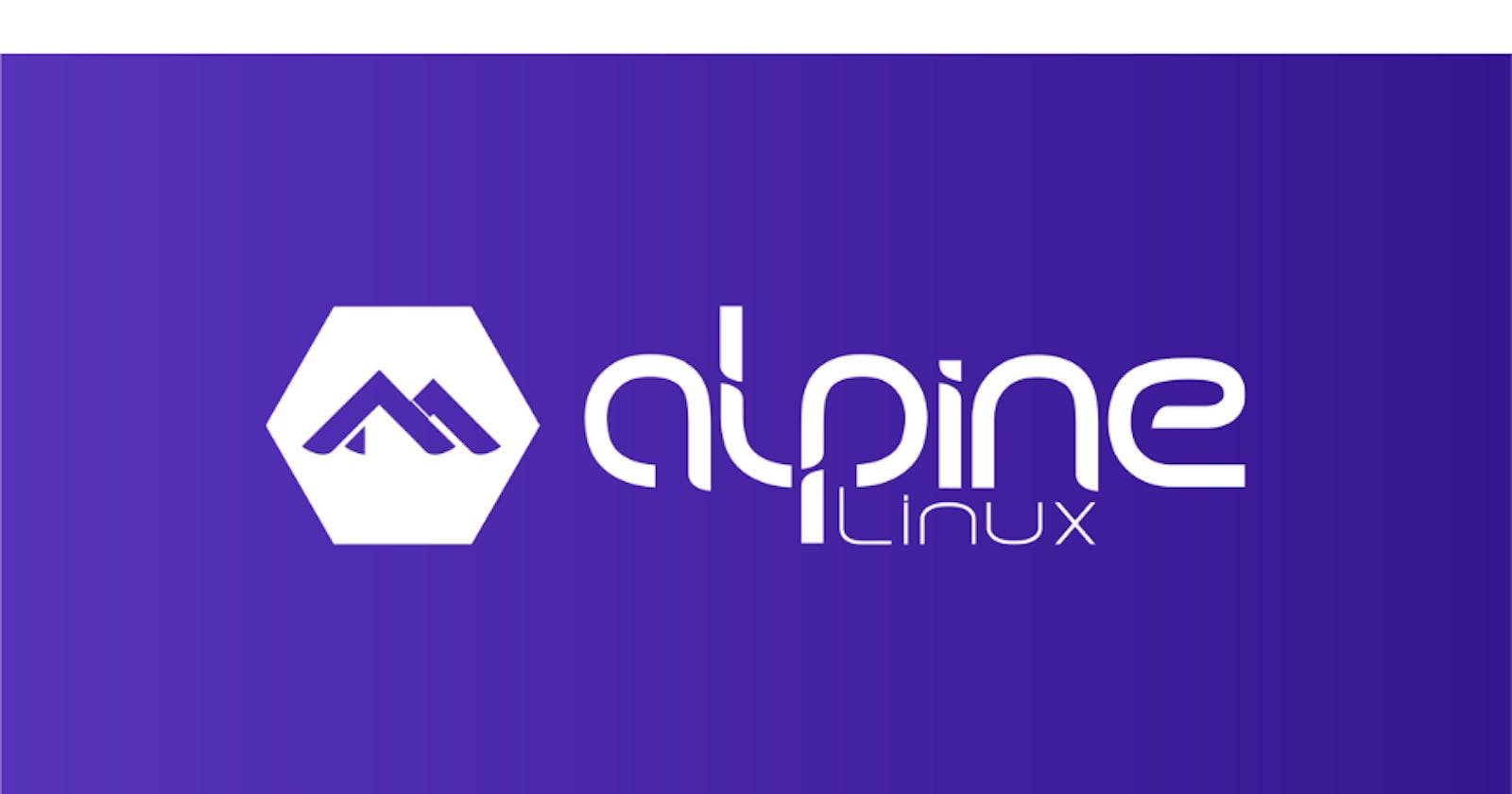A Comparative Analysis of Ubuntu and Alpine Linux Distributions
When it comes to choosing a Linux distribution for your server or containerized applications, two popular options that often come into consideration are Ubuntu and Alpine Linux. Both distributions have their strengths and cater to different use cases. In this article, we'll delve into the characteristics of each distribution and compare them across various aspects.
Ubuntu
Overview
Ubuntu is one of the most widely used Linux distributions, known for its user-friendliness, extensive package repositories, and strong community support. It is based on Debian and follows a regular release cycle, with Long Term Support (LTS) versions providing extended stability and security updates.
Strengths
- Rich Package Ecosystem: Ubuntu boasts a vast repository of pre-built packages, making it easy to install and manage software.
- Ease of Use: With its user-friendly interface and intuitive package management tools like APT (Advanced Package Tool), Ubuntu is accessible to both beginners and experienced users.
- Community Support: Ubuntu has a large and active community, providing extensive documentation, forums, and resources for troubleshooting and assistance.
Use Cases
- Desktop and Server: Ubuntu is well-suited for both desktop and server environments, offering a balance between usability and performance.
- Development: Many developers prefer Ubuntu for its ease of setup and compatibility with popular development tools and frameworks.
Alpine Linux
Overview
Alpine Linux is a lightweight and security-focused Linux distribution designed primarily for containerized environments. It features a minimalist design, a musl libc implementation, and BusyBox utilities, resulting in a small footprint and fast boot times.
Strengths
- Small Footprint: Alpine Linux is renowned for its minimalism, with base images typically ranging from a few megabytes to tens of megabytes in size. This makes it ideal for resource-constrained environments and containerized applications.
- Security: Alpine Linux adopts a security-first approach, with features such as hardened kernels and built-in support for stack smashing protection (SSP).
- Efficiency: Due to its lightweight nature, Alpine Linux offers fast boot times and reduced memory overhead, making it an excellent choice for microservices and cloud-native applications.
Use Cases
- Containers: Alpine Linux is widely used as a base image for Docker containers and Kubernetes deployments, thanks to its small size and minimalistic design.
- Embedded Systems: Its small footprint and security features make Alpine Linux well-suited for embedded and IoT (Internet of Things) devices where resource efficiency is critical.
Comparison
Size and Resource Usage
- Ubuntu: While Ubuntu provides a comprehensive set of features and packages, it tends to have a larger footprint compared to Alpine Linux.
- Alpine Linux: Alpine Linux excels in resource efficiency, with minimal disk space and memory requirements, making it ideal for resource-constrained environments and containerized deployments.
Security
- Ubuntu: Ubuntu emphasizes security but may not be as lightweight or security-focused as Alpine Linux out of the box.
- Alpine Linux: Alpine Linux prioritizes security and adopts proactive measures such as a hardened kernel and a focus on minimalism to reduce the attack surface.
Package Management
- Ubuntu: Ubuntu's APT package manager offers a vast repository of pre-built packages, simplifying software installation and management.
- Alpine Linux: Alpine Linux uses the apk package manager, which is lightweight and efficient but may have a more limited selection of packages compared to Ubuntu's repository.
Community and Support
- Ubuntu: Ubuntu benefits from a large and active community, providing extensive documentation, forums, and support resources.
- Alpine Linux: While Alpine Linux has a growing community, it may not have the same level of support or resources as Ubuntu, particularly for general-purpose use cases outside of containerization.
Conclusion
In summary, both Ubuntu and Alpine Linux offer distinct advantages and cater to different use cases. Ubuntu is well-suited for general-purpose computing, desktops, and servers, offering a rich package ecosystem and strong community support. On the other hand, Alpine Linux shines in resource-constrained environments, containers, and security-sensitive deployments, thanks to its minimalistic design, small footprint, and security-focused approach.
Ultimately, the choice between Ubuntu and Alpine Linux depends on factors such as performance requirements, resource constraints, security considerations, and familiarity with the respective distributions. By understanding the strengths and characteristics of each distribution, users can make informed decisions based on their specific needs and use cases.
